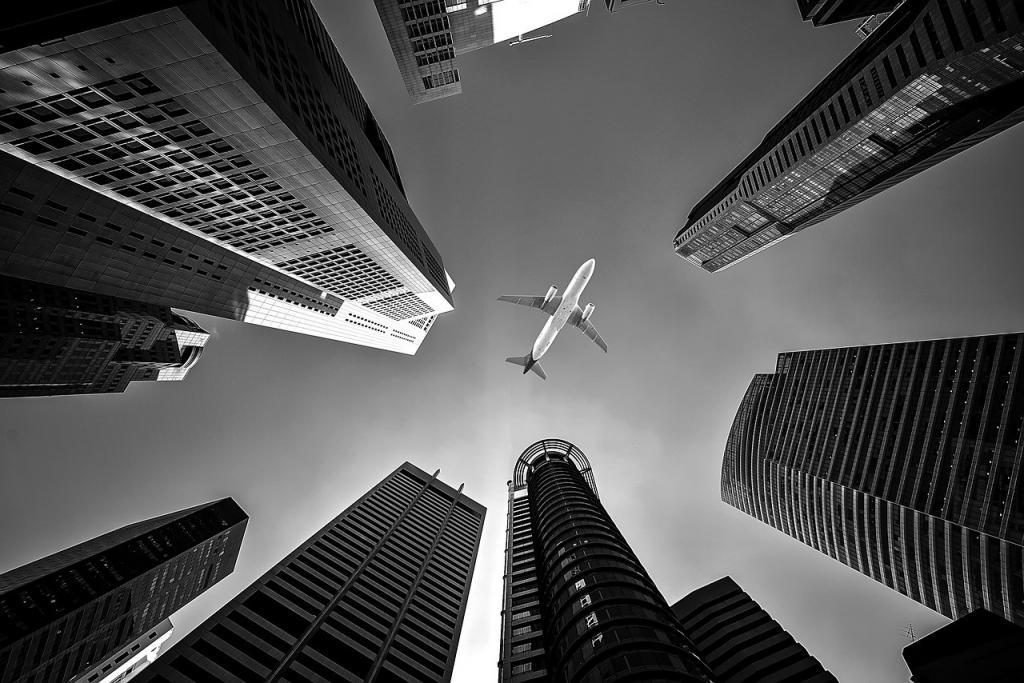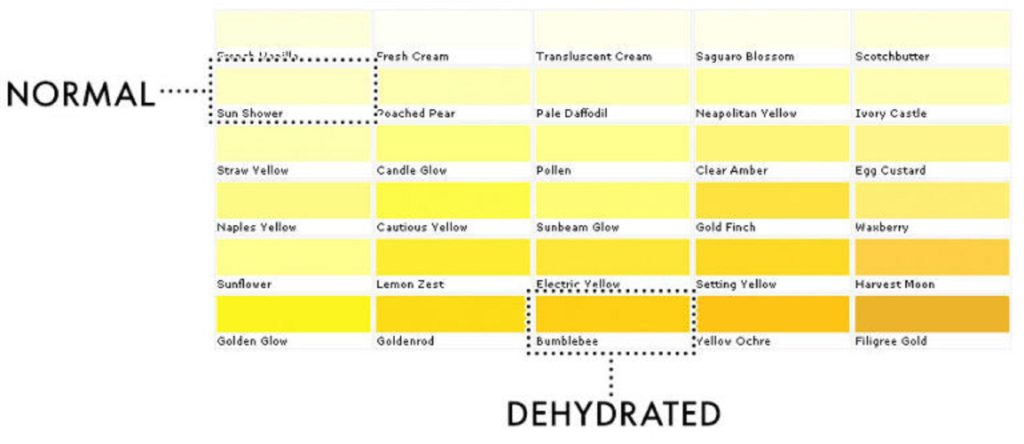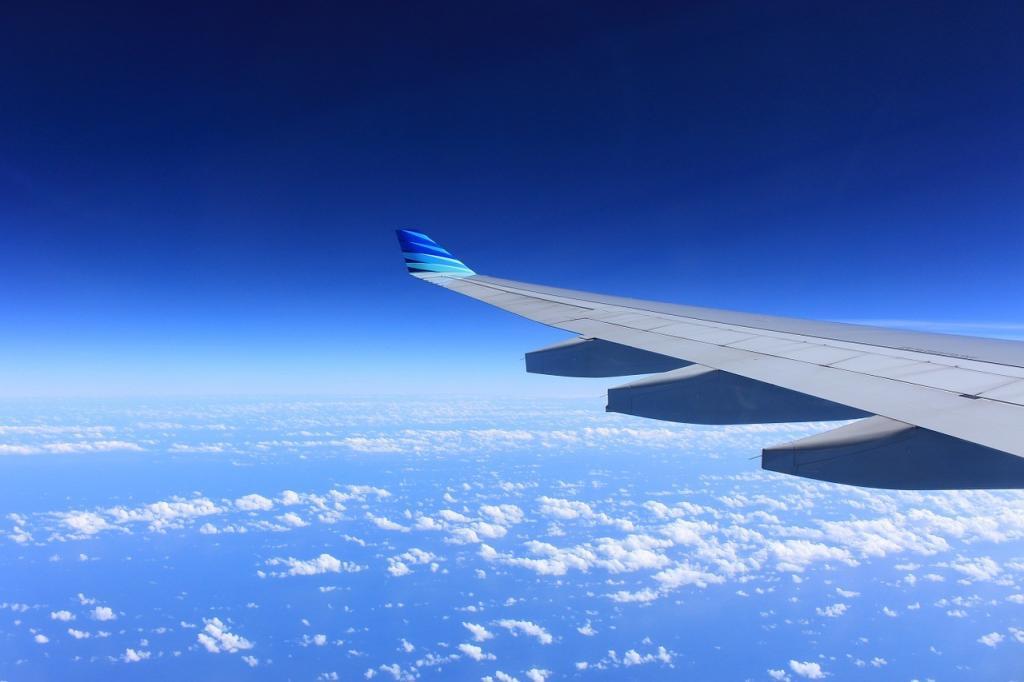17 Ways to Survive Flying Long-Haul
I’ve been doing more long-haul flying than I’d like to recently. And, along the way, I’ve learned a few things. So here’s 17 tips to help you survive flying long-haul.
Plan Flights Around Jetlag
Realistically, if you’re crossing four or more time zones, you’re likely to end up with some degree of jetlag. Jetlag Rooster is an excellent site that enables you to minimise jetlag: you can choose whether to start adjusting before you fly or after you fly. If you’re flying long-haul then picking up a connection, check Jetlag Rooster beforehand: that way you can choose a connection at a time that will help reduce jetlag, rather than one which will confuse your body even more.
Organise Your Hand Baggage Properly
Changing climates? Bring a bag for your winter gear: that will stay stashed until you change into (or out of) it towards the end of your flight. Whether your main bag is a laptop bag, a backpack or a tote, consider having a subsidiary bag inside it with the bare essentials: small container or moisturiser, lip balm, toothbrush, toothpaste, phone, book or Kindle, eye mask and a water bottle. (Some also like a pair of socks.)

Check In Online
I’m always surprised how many people don’t do this. It takes no time at all and it means you can select a seat. At most airports, it slashes queuing time as well. Be sure you hit the bag drop counter with passport and/or boarding pass in hand.
Don’t Hold Up the Security Line
As you queue for security, or ideally before you set out for the airport, establish what you will need to remove/take out/encase in clear plastic bags. Start removing belts, winter coats and winter boots before you hit the front of the line; aim to get to the front with laptop and liquids ready to go. If it takes time to reassemble yourself once you’re through security, grab all your gear off the conveyor belt and do your rearranging at a table so you don’t hold up the line. Clearing empty plastic boxes from the conveyor belt is an act of social good.
Use Lounges
If you’ve got a longer layover in any but the VERY nicest airport, airport lounges more than justify the expense. You’ll have fast wifi, decent food and drink, and a comfortable place to sit and unwind that doesn’t feel like a cattle conveyor: most also have showers!!!
Choose Your Seat Wisely
Research shows the safest place to be in the (highly unlikely) event of a plane crash is near an exit and towards the back of the plane. Exit seats have more legroom – although they’re only accessible to able-bodied adults – while aisle seats mean you can get up and do whatever ablutions you need without waking someone who’s trying to sleep. Note that the last row of seats on a plane sometimes does not recline fully.
Embrace the Absence of Wifi
I’ve never yet been on a plane where the wifi works. Treat its effective absence as an opportunity to catch up on things you’ve neglected, whether that’s books, movies, work that requires concentration but no internet, or meditation.

Stay Hydrated
If you drink only when the trolley comes round, you’re going to end the flight dehydrated, which makes jetlag worse. Bring a water bottle with you onto the plane and ask the crew to fill it up: use moisturiser and lip balm to keep your skin hydrated too.
But Don’t Be Puritanical About It
While getting hammered on a plane is a recipe for all sorts of disasters, if it takes a couple of G&Ts and a bit of wine to get you off to sleep when you need to sleep, so be it; likewise, if you need caffeine to wake you up, roll with it. A good rule of thumb when flying is to drink double the volume of water that you do of alcohol as you’re drinking it, and at least as much water as you do a caffeinated drink – obviously, keep hydrating after that.
Dress for Comfort and Climate
Wear an outfit that can easily be layered or de-layered if you’re crossing weather zones, and pack climate-appropriate footwear in hand baggage. If there is ANY chance of you having to deboard by bus in a cold climate, ensure you have all the layers you need for a shivering walk across the tarmac packed in your cold-weather clothes bag.
Try and Sleep When the Lights Are Off
Normally, the lights go off on a plane at a time that’s a reasonable mid-point between the time zone you’re in and the time zone you’re headed to – well, once the meals have been done, that is. Set your watch to arrival time as soon as you board, calculate when you need to wake up based on what time you want to go to sleep in the arrival time zone, set an alarm and stick to it. Eye masks really do help.

Have a Morning Ritual
Once you’re awake, start the day. Switch your light on, if there’s no natural light on the plane. Brush your teeth (I prefer my own toothbrush and toothpaste to those awful things from the care kit), wash your face, change however many clothes you want to change, and grab a coffee from the galley.
Bring Things for Your Kids to Do
Travelling long-haul with small children? Bring distraction activities: fully-charged devices, colouring pens and books, stickers, stories, favourite soft toys, the works. Talk to them and explain what’s going on, whether that’s doing up the seatbelt or waiting for the meals to come round. Even if they don’t understand why they’re being caged for takeoff now, they might next time they fly.
Bring Snacks for Your Kids
You can’t expect small kids to wait for airline meals – or, necessarily, to want to eat airline meals. Bring whatever your comfort zone of snack is, be that carrot sticks and milk or biscuits and orange squash: a hungry child is, generally, a noisy child. Do also bring something – be it a dummy or sweets – for young children to suck on takeoff and landing.
Help Out with Other People’s Kids
Anyone travelling long-haul with small children deserves sympathy, not opprobrium – especially if they’re travelling solo. If you’ve got some child-wrangling experience and the toddler next to you is losing their shit, helping entertain them – or simply holding stuff while the parent wrestles with them – will help everyone to get more sleep.
Be Nice to Cabin Crew
This should go without saying, but it’s amazing how many people can’t even manage a please and thank you when they’re on a plane. Smile, be polite, ask nicely, and if you’ve sprayed water in the bathroom, mop it up so they don’t have to.

Thank you for sharing information about traveling haul and ways to survive while flying,